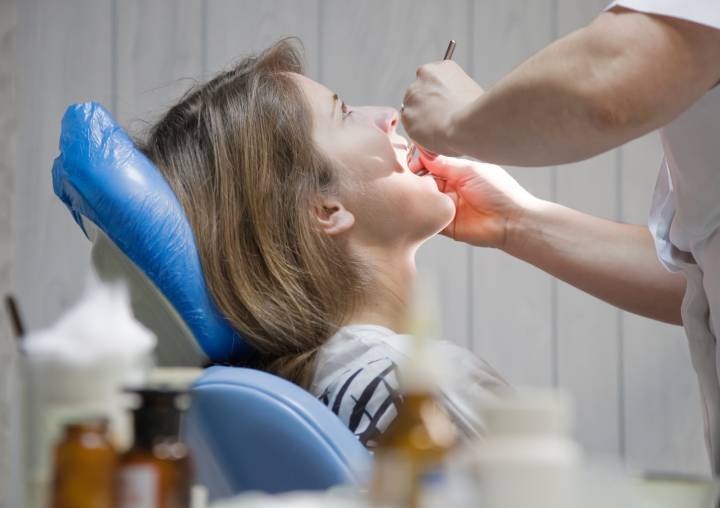Nanodentistry: How Nanotechnology Is Revolutionizing Dental Treatments

23 Feb, 2023
Nanodentistry is a relatively new field that is poised to revolutionise the way dental treatments are carried out. It is the application of nanotechnology in dentistry and involves the use of materials and devices that have been specifically designed at the nanoscale to improve dental treatments. Nano dentistry aims to improve the effectiveness, speed, and precision of dental treatments while also minimizing discomfort and pain for patients.
In this article, we will discuss how nanotechnology is revolutionizing dental treatments by Vital, Dentists in Dwarka sector 6 which is famous for its root canal treatment in Dwarka.
Nanotechnology Revolutions in the field of dental treatments:-
- Nanotechnology is the science of designing and manipulating materials at the nanoscale, which is one billionth of a meter. This technology has already had a significant impact on several industries, including medicine, electronics, and energy. In dentistry, nanotechnology has led to the development of materials and devices that are more effective, efficient, and comfortable for patients.
- One of the major areas of focus in nano dentistry is the development of dental materials. Nanomaterials are materials designed at the nanoscale and have unique properties that make them ideal for dental treatments. For example, nanoparticles of silver or zinc oxide have been used in dental composites to provide anti-bacterial properties, making them ideal for filling cavities and preventing further decay.
- Nanoparticles can also be used in the production of dental implants. Dental implants are a popular option for replacing missing teeth, but they can sometimes fail due to infection or rejection by the body. By using nanotechnology, implants can be made more biocompatible, which reduces the chances of rejection and infection. Nanoparticles can also be used to modify the implant's surface, making it more conducive to the growth of bone tissue, which improves the success rate of the implant.
- Nanoparticles can also be used to improve the effectiveness of dental treatments. For example, in traditional treatments for gum disease, antibiotics are often prescribed to eliminate bacteria. However, this can lead to the development of antibiotic-resistant bacteria. By using nanoparticles,antibiotics can be delivered directly to the site of infection, which reduces the number of antibiotics required and minimizes the risk of resistance.
- Nanodentistry has also led to the Development of new diagnostic tools. Nanosensors can detect the presence of bacteria or other harmful substances in the mouth. This can help dentists to diagnose conditions such as gum disease earlier, which can lead to better outcomes for patients.
- One of the most exciting areas of nano dentistry is using Nanorobots. These tiny machines can be programmed to perform specific tasks, such as cleaning teeth or repairing tooth enamel. Nanorobots can be guided by a dentist using a computer, which allows for greater precision and accuracy in dental treatments. Nanorobots are still in the early stages of development, but they can potentially revolutionize dental treatments in the future.
Takeaway
Nanodentistry is a rapidly growing field that has the potential to revolutionize dental treatments. Nanoparticles can be used to improve the biocompatibility of Dental implants in Dwarka, deliver antibiotics directly to the site of infection, and improve the accuracy of diagnostic tools. As nano dentistry continues to evolve, dental treatments will likely become more effective, efficient, and comfortable for patients, leading to better outcomes and improved quality of life.


